- Category
- Culture
Review: ‘Porcelain War’ – A Documentary Unveiling the Unbreakable Spirit of Ukraine
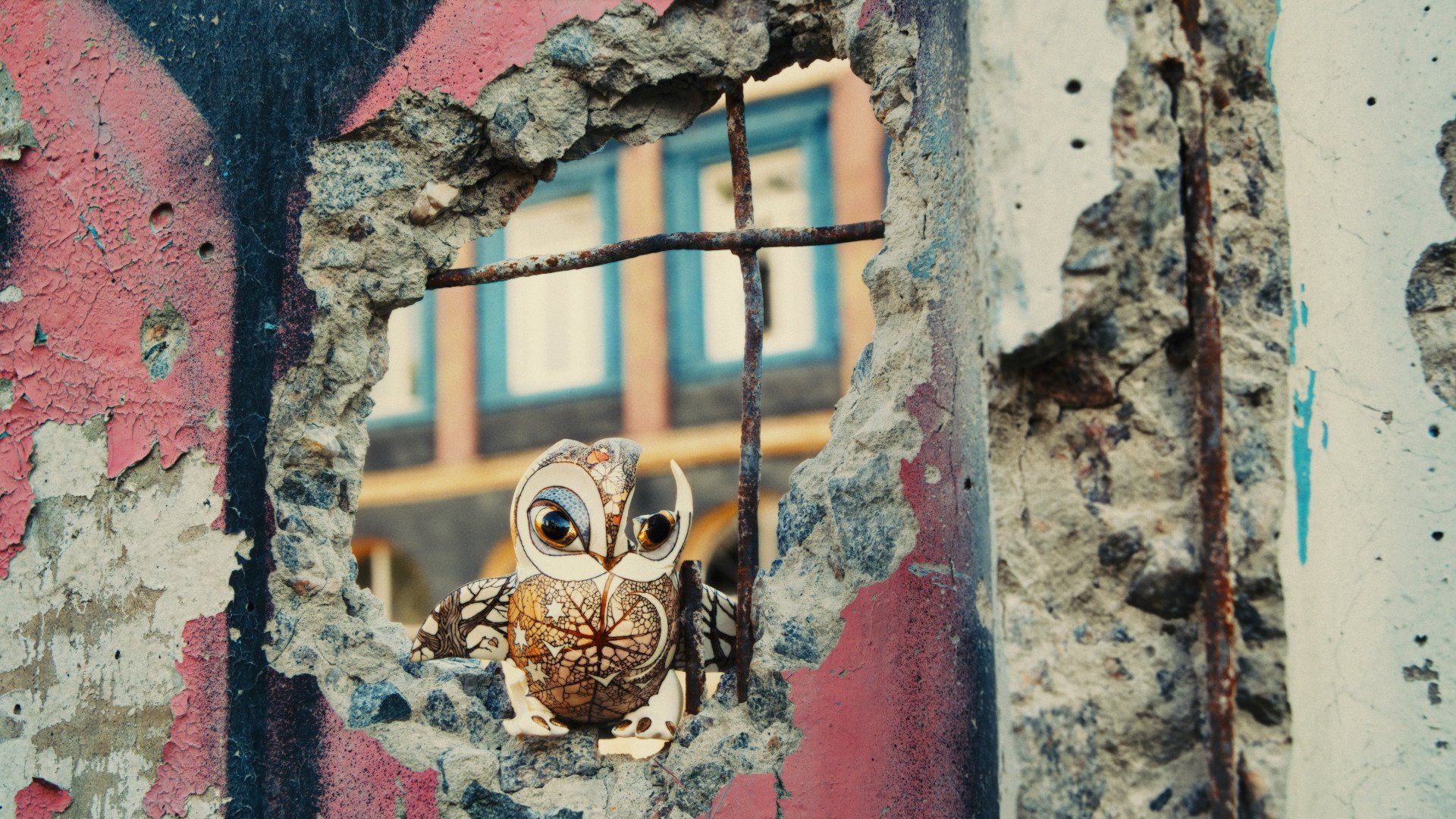
We spoke with co-directors Brendan Bellomo and Slava Leontyev about ‘Porcelain War’—a documentary that delves into the heart of Ukraine's struggle amidst the Russian full-scale invasion. Winner of the 2024 Sundance US Documentary Grand Jury Prize, the film is a testament to the resilience and unyielding spirit of the Ukrainian people—much like porcelain itself: easy to break, yet impossible to destroy.
At the core of the film are three artists whose lives intertwine art, war, and their commitment to their homeland. Slava Leontyev, a ceramicist and graphic designer from Crimea, transforms from an artist into a soldier, serving in the Ukrainian Special Forces' reconnaissance unit known as ‘Saigon’. Between combat missions, he prepares civilians for military service, sharing his newfound expertise.
"I shouldn’t even have ended up in the Special Forces. I wasn’t young, my physical state wasn’t good, and I didn’t have the training or the intellectual capacity. And the same goes for all my comrades. But after the annexation of Crimea, the Russian invasion was escalating without cease, and we had to prepare to resist it," Slava remarks.
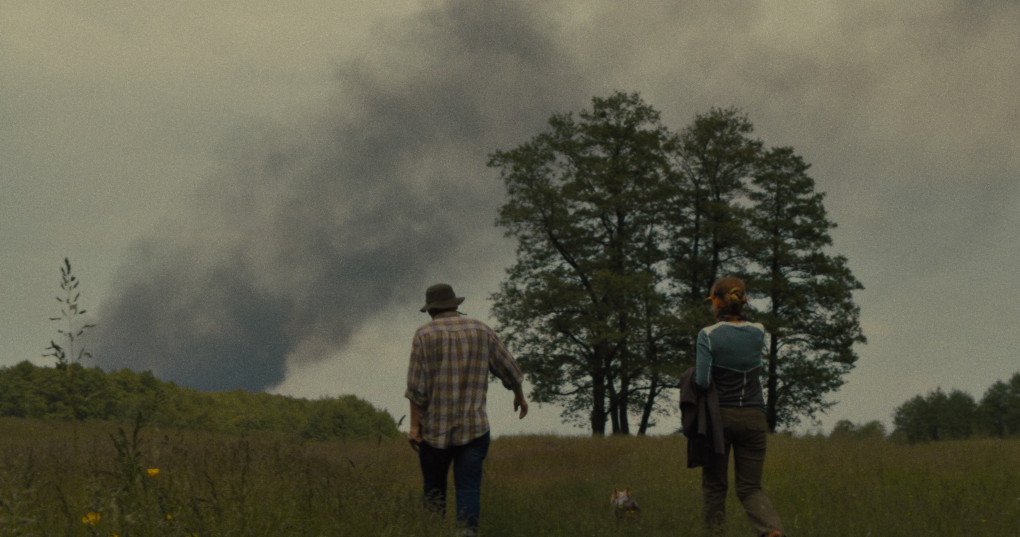
The Saigon unit is a microcosm of Ukraine's diverse society—comprising individuals from all walks of life, including an IT analyst, a furniture salesperson, and a dairy farmer. Co-director Brendan Bellomo reflects on the unit: "They were very open, very relatable. They loved their lives, still felt joy, and wanted to get back to normalcy. Yet, they were unbelievably driven, incredibly brave, and technically minded. It was a paradox to me."
The film reaches a pivotal moment as it documents the Battle of Bakhmut—the longest battle of the 21st century. While Slava did not personally fight in Bakhmut, his unit, Saigon, faced off against Wagner Group fighters in this grueling war. Through footage captured by the unit using drones and cameras supplied by Bellomo, the film exposes the harrowing reality of warfare. The drone footage reveals Russian "meat wave" tactics, where small units are sent to certain death to expose Ukrainian positions, reflecting a stark disregard for human life in pursuit of minor territorial gains.
One of the most gripping sequences involves Katia, a sniper and commander within Saigon. In a chilling scene, a rocket strikes near their position in Bakhmut. Despite the imminent danger, Katia heroically rushes to evacuate the wounded. Slava later remarks, "It's a miracle that everyone has survived."
Slava confirmed that by some miracle, everyone in the Saigon unit is alive and well to this day.

The intimacy of Porcelain War is one of its most compelling features. Instead of bringing a film crew to Ukraine, Bellomo, coordinating remotely from Los Angeles, supplied Slava, Anya, and Andrey with multiple GoPros, drones, and film cameras, empowering them to document their own experiences.
"I wanted to empower them to tell their story through their words," Bellomo explains. This approach resulted in over 500 hours of raw, unfiltered footage, later curated into a full-length documentary that feels deeply personal and authentic.
Anya Stasenko, Slava's wife and artistic collaborator, provides a poignant perspective through her intricate porcelain figurines. Initially known for their whimsical designs, Anya's creations evolve to reflect the turmoil of war. "We will not focus on destruction," she insists. "Ukraine will not look pathetic in our film. Ukrainians will not look like victims." Her art is representative of the nation's collective experience—a blend of beauty, pain, and hope.
The figurines themselves serve as a powerful metaphor. As Bellomo notes, "They are a record of their peaceful past, the oppressive present filled with destruction and loss, and the dreams for the future. They bind together in time and bear witness to what Ukraine is going through." One memorable figurine is a snail, symbolizing refugees who “carry their homes on their backs”—a delicate yet profound representation of the displacement caused by the war.
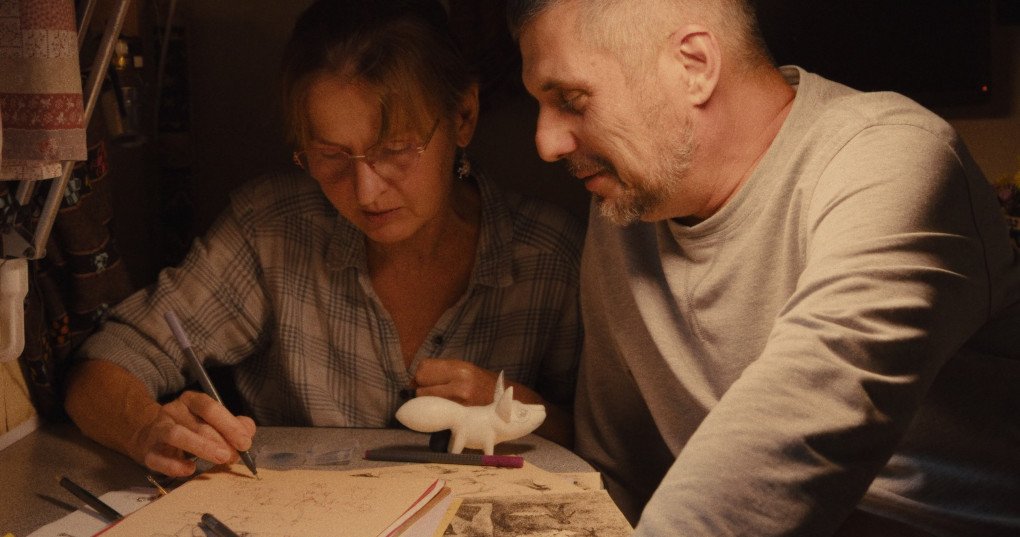
Andrey Stefanov, a painter and photographer separated from his family like millions of Ukrainians, becomes the film's cinematographer. His footage captures the stark contrast between the serene beauty of Ukraine's landscapes and the devastation wrought by Russia’s aggression. Through his lens, we witness not just the destruction of his home in Khrakiv but the separation of his family, one of many such cases.
Slava emphasizes the film's purpose: "We tried to bring people hope. We wanted to inspire others by showing military valor and bravery. The film inspires people, and people want to watch this film." This intention is evident throughout the documentary, which consciously avoids sensationalizing violence. Instead, it focuses on moments of humanity, courage, and the everyday acts of defiance that define resistance.
The collaborative nature of the film's creation is itself a narrative of resilience. Despite the physical distance, Bellomo immersed himself in the experiences of his co-directors. "I was physically in L.A., but emotionally I was there," he shares. "I was always looking at 12, 13, 14, 15 hours of footage a day, seven days a week in Bakhmut, in Kharkiv, in these areas."
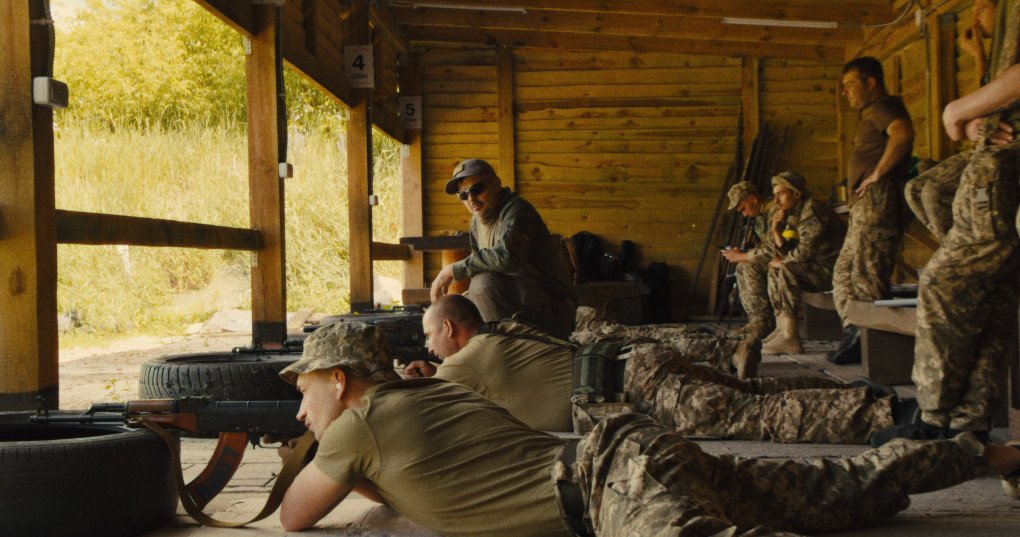
Porcelain War also touches on the broader implications of the war. Bellomo reflects, "This is the largest war in Europe since World War Two. Other authoritarian nations are watching the outcome of this. If Russia wins... democracy and freedom are more at risk now than ever. Slava, Saigon, the Ukrainian armed forces—they're fighting not only for Ukraine; they're fighting for the world."
The film culminates in a powerful message of hope and a call to recognize the shared humanity that transcends borders. Slava articulates this universal appeal: "Our resistance is a fight between good and evil. I hope that people will recognize themselves or someone among their family or friends in this film. The world and the people in it are beautiful and worth fighting for."
In essence, Porcelain War is more than a documentary about war; it is a celebration of the human spirit's capacity to endure and create beauty in the face of annihilation. It reminds us that while war can shatter lives and landscapes, it cannot destroy the essence of a people determined to preserve their culture and humanity.
The film stands as a compelling testament to Ukraine's unbreakable spirit—a nation that, like porcelain, may be fragile yet remains impossible to destroy. In a time when war seeks to erase identities, Porcelain War boldly asserts that art, culture, and hope will endure.

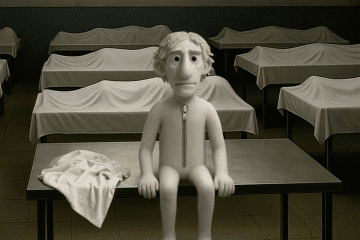


-1e64b6336d07968ffea617de91046818.png)
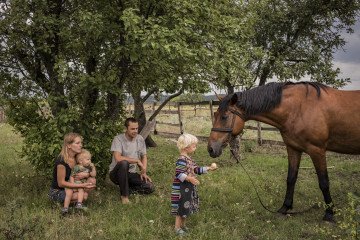
-554f0711f15a880af68b2550a739eee4.jpg)